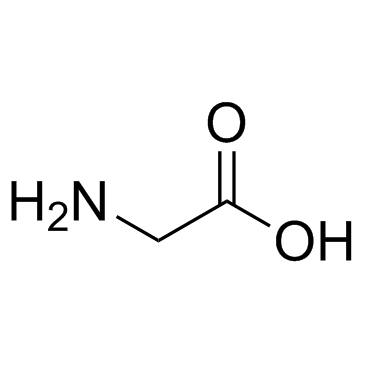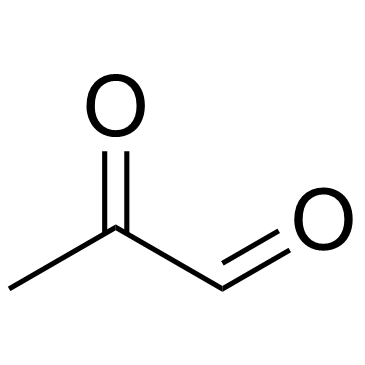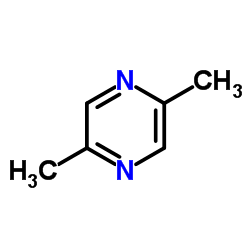| Structure | Name/CAS No. | Articles |
|---|---|---|
 |
Glycerol
CAS:56-81-5 |
|
 |
Acetone
CAS:67-64-1 |
|
 |
sodium chloride
CAS:7647-14-5 |
|
 |
Glycine
CAS:56-40-6 |
|
 |
Methanol
CAS:67-56-1 |
|
 |
Methylglyoxal
CAS:78-98-8 |
|
 |
SODIUM CHLORIDE-35 CL
CAS:20510-55-8 |
|
 |
2,5-Dimethylpyrazine
CAS:123-32-0 |
|
 |
Glycine HCl
CAS:6000-43-7 |
|
 |
H-Gly-OMe.HCl
CAS:5680-79-5 |